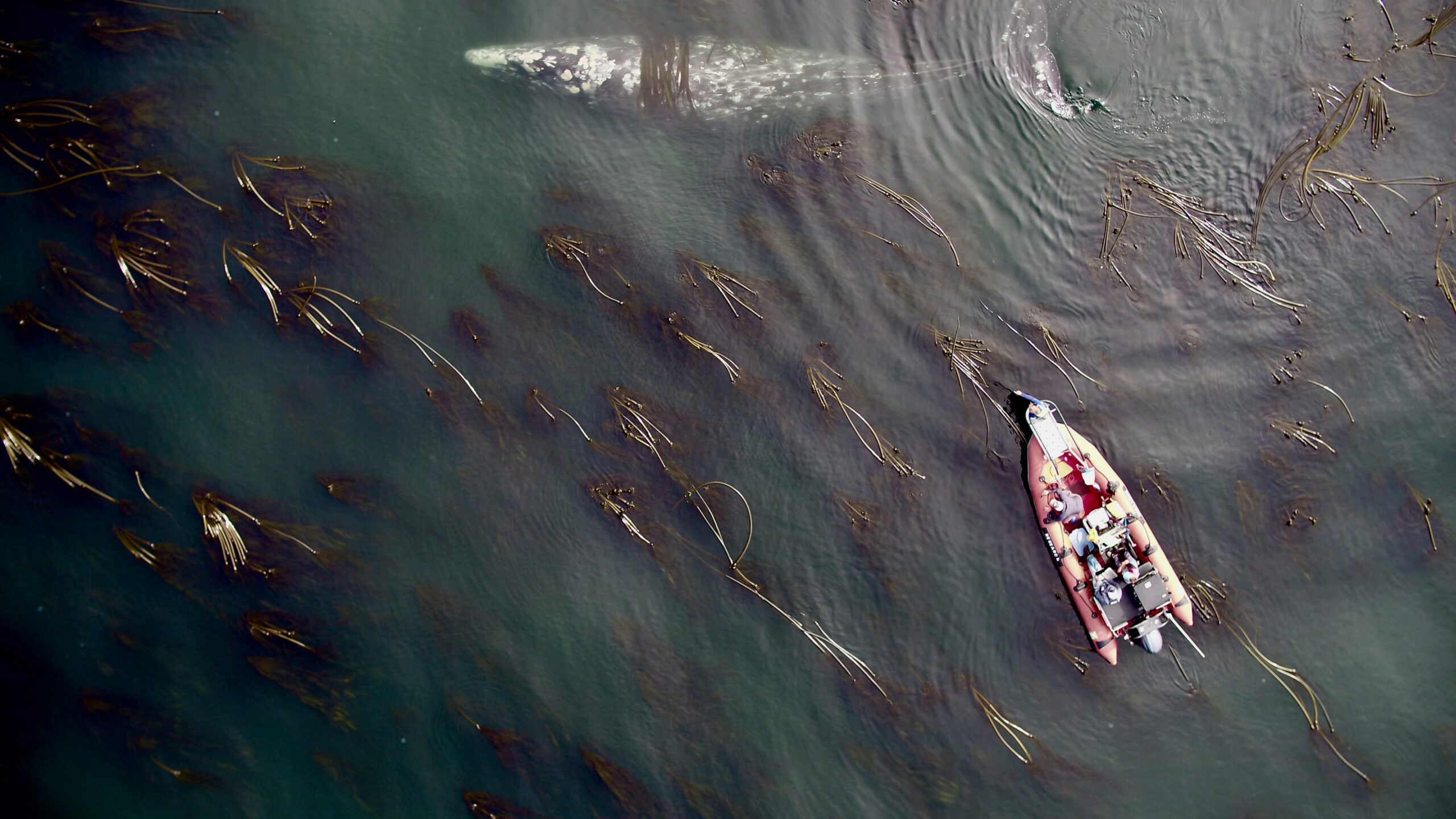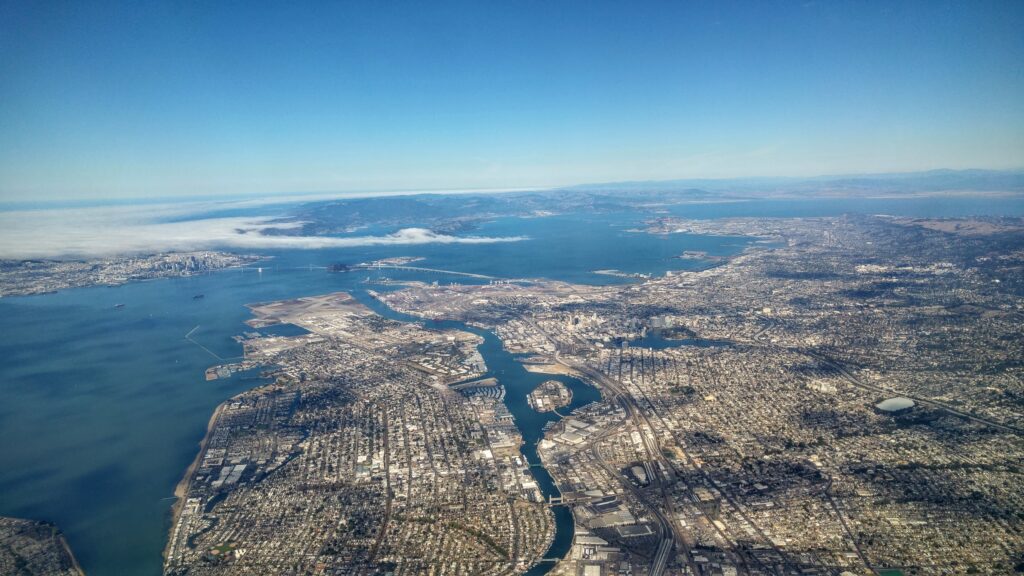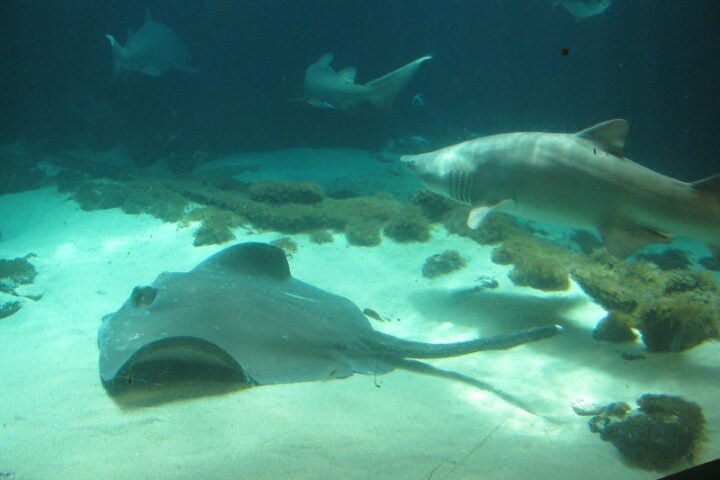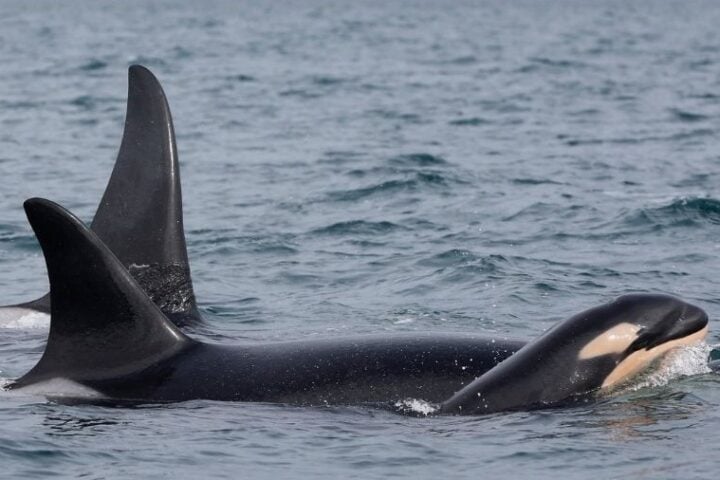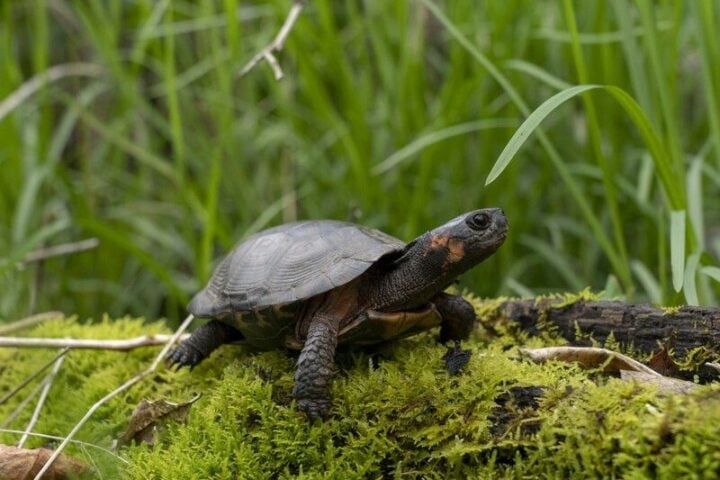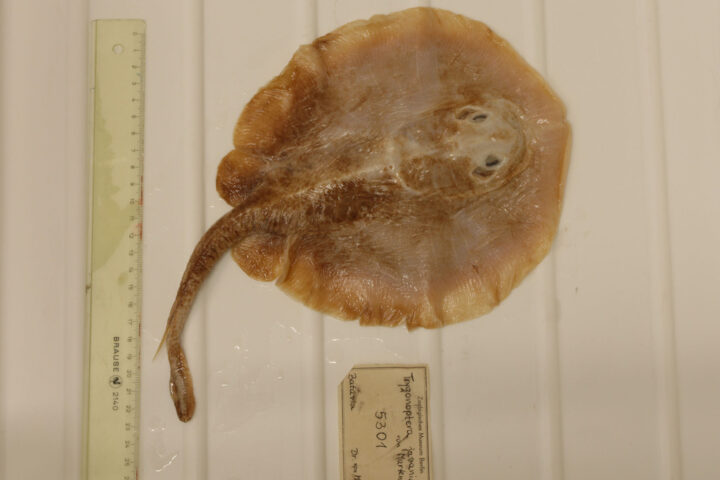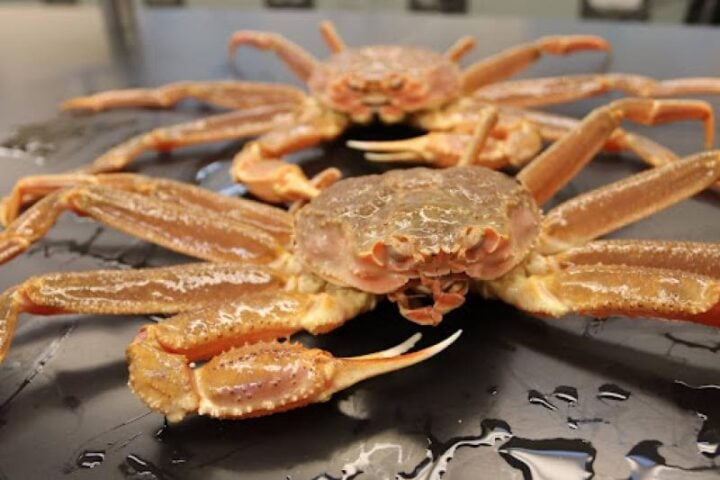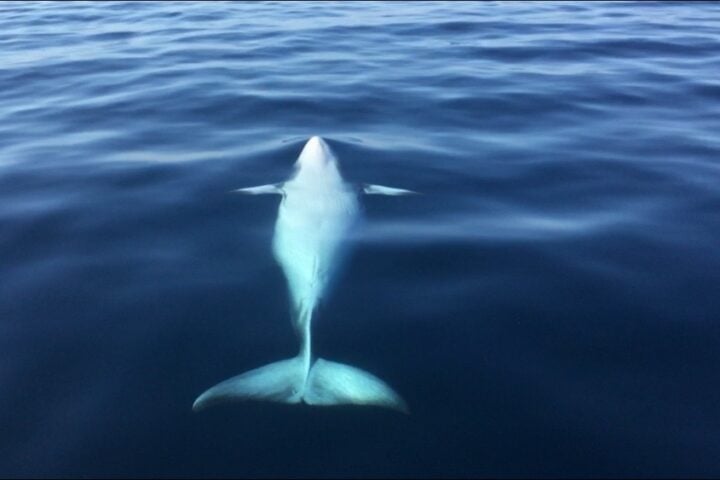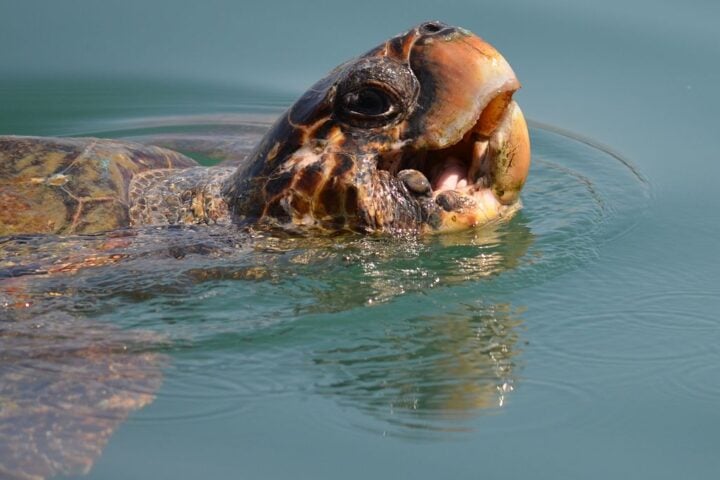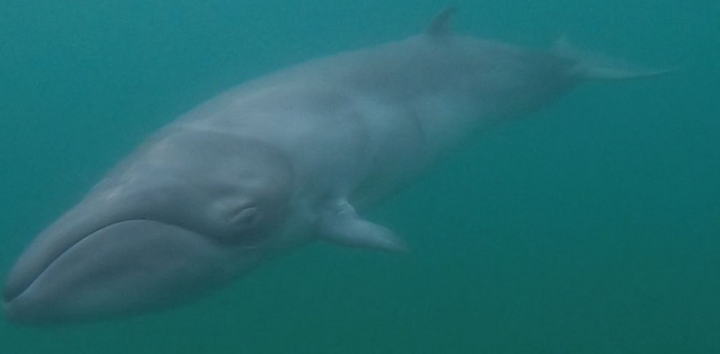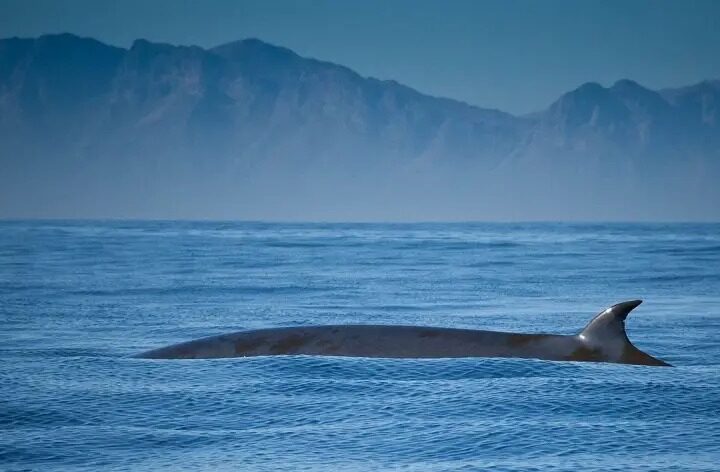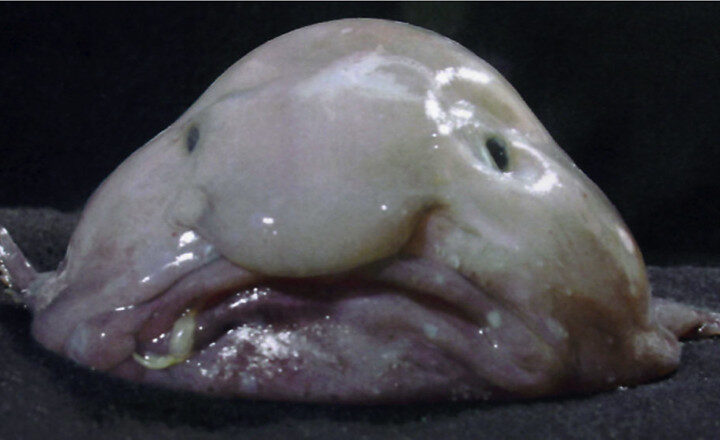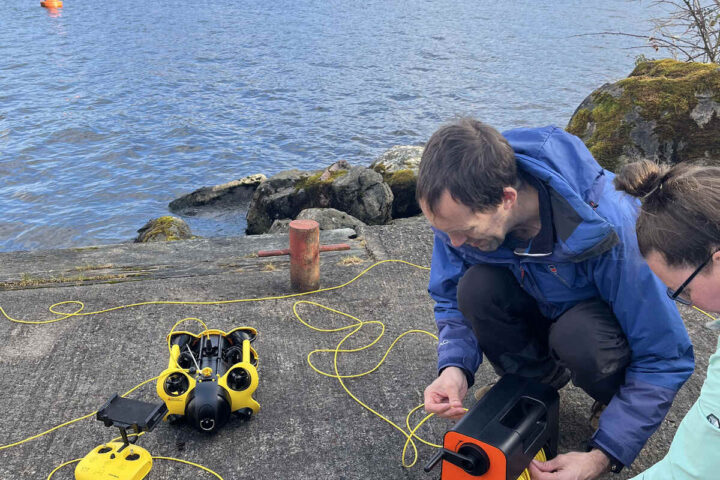Gray whales that spend their summers feeding in the shallow waters off the northwest Pacific coast of the U.S. have seen a 13 percent decrease in length this century. According to a new study from Oregon State University (OSU), this smaller size could have significant consequences for the health and reproductive success of the affected whales and also sounds alarms about the state of the food web they coexist in.
“This could be an early warning sign that the abundance of this population is starting to decline, or is not healthy,” said Dr Kevin Bierlich, co-author of the study and adjunct professor at OSU’s Marine Mammal Institute. “And whales are considered ecosystem sentinels, so if the whale population isn’t doing well, that might say a lot about the environment itself.” Researchers have observed an average reduction of 13% in the size of adults, between individuals born in 2000 and those born in 2020.
The study, published in Global Change Biology, analyzed the Pacific Coast Feeding Group (PCFG), a small subset of about 200 gray whales within the larger Eastern North Pacific (ENP) population of about 14,500. This subgroup stays closer to the coast of Oregon and feeds in warmer, shallower waters than the Arctic seas, where most of the gray whale population spends most of the year.
Recent studies from OSU have shown that whales in this subgroup are smaller and have an overall worse body condition than their ENP counterparts. Using images of 130 individual whales with known or estimated ages between 2016 and 2022, researchers determined that an adult gray whale born in 2020 is expected to reach an adult body length of 1.65 meters less than a gray whale born before 2000. For PCFG gray whales that grow to be between 13 and 14 meters long at full maturity, that represents a loss of more than 13% of their total length.
Similar Post
Researchers now know that the greay whale’s bodies have shrunk over the last couple of decades, which might be a signal indicating their population is at risk. The reduction in size is even more pronounced among females, who are traditionally larger than males. Today, they reach dimensions similar to those of male cetaceans, and this is not good news, explains Dr Enrico Pirotta, lead author of the study: “In general, size is critical for animals. It affects their behavior, their physiology, their life history, and it has cascading effects for the animals and for the community they’re a part of.”
The study also examined the patterns of the ocean environment that likely regulate the availability of food for these gray whales along the Pacific coast by tracking the cycles of “upwelling” and “relaxation” in the ocean. Upwelling brings nutrients from deeper regions to shallower ones, while relaxation periods allow those nutrients to remain in shallower areas where light enables the growth of plankton and other tiny organisms, including the prey of gray whales. “Without a balance between upwelling and relaxation, the ecosystem may not be able to produce enough prey to support the large size of these gray whales,” said co-author Dr Leigh Torres, an associate professor and director of the GEMM Lab at OSU.
The researchers are planning their ninth field season studying PCFG subgroup. “This is a powerful dataset that allows us to detect changes in body condition each year, so now we’re examining the environmental drivers of those changes,” Dr Bierlich said.
The authors of the study haven’t yet begun to uncover the role of climate change in the changing patterns of the grey whale population. “But in general we know that climate change is affecting the oceanography of the Northeast Pacific through changes in wind patterns and water temperature,” said Dr Pirotta while expalining the factors affecting the dynamics of upwelling and relaxation of the species in the area.
